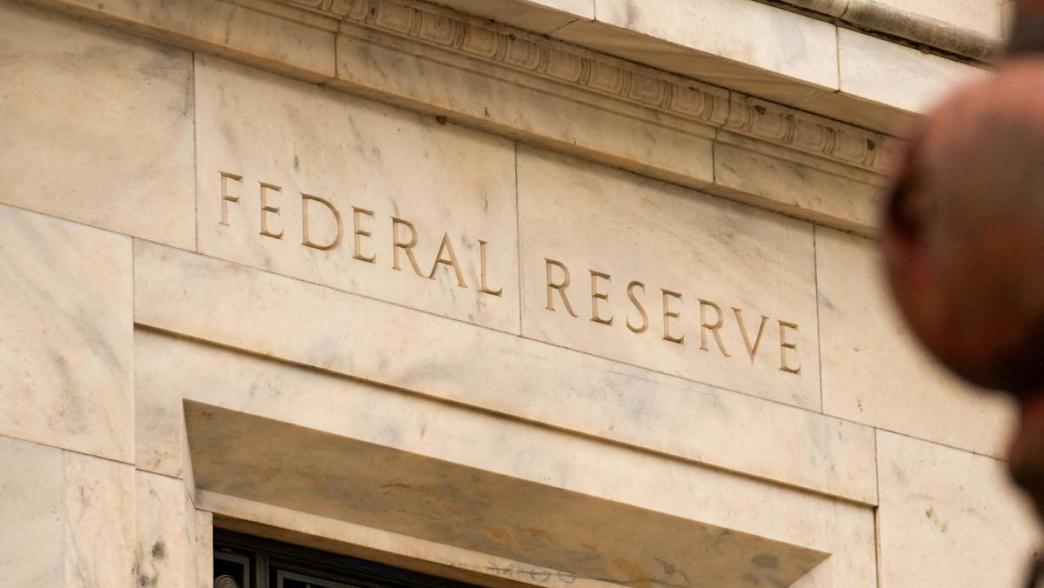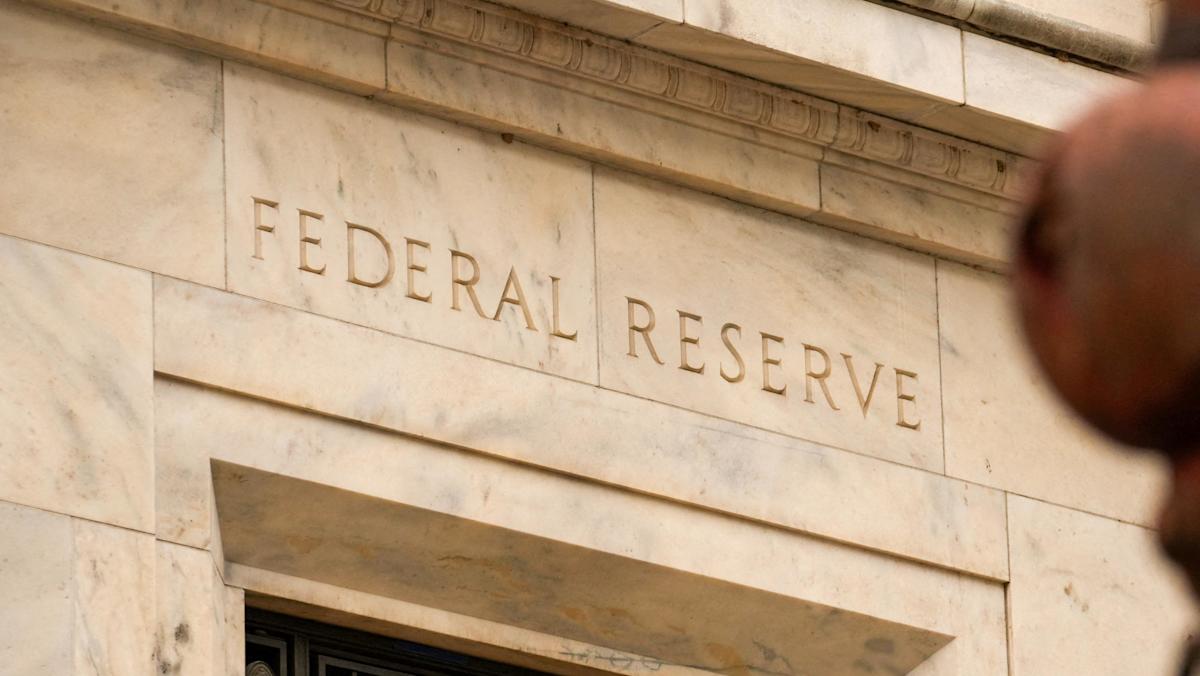What is the Fed’s third mandate?
00:08 Speaker A
We talk a lot about the Fed’s dual mandate, jobs and prices, but did you know that there is a third? Newly appointed Fed governor Stephen Myron just raised it on the hill a few weeks ago. And on today’s Stocks and Translation, we’re going to break down the Fed’s three mandates and why they matter for your money.
00:26 Speaker A
In the 1970s, Congress tasked the Fed with three goals. The first two are commonly known, maximum employment and stable prices, which the Fed interprets to mean 2% annual inflation. The third is rarely discussed though. It’s moderate long-term interest rates. And it refers to the long-term borrowing costs on Uncle Sam’s debt. And for years, the Fed simply called it a dual mandate because moderate long-term rates are supposed to flow from good inflation control and strong employment. But that third line is written into law and it’s back in the conversation.
00:58 Speaker A
Let’s review a timeline of how we got these mandates, which are intertwined with Fed independence. The notion that the Federal Reserve should operate without influence from the White House. In the 1940s, the Fed helped keep long-term rates ultra low. After the war ended, there was a lot of pressure to continue, but it finally came to an end in 1951 with the so-called Treasury Fed Accord. Then in 1965, President Johnson tried to get the Fed to once again lower long-term rates to fund the Vietnam War and his social programs. LBJ invited Fed chair Bill Martin to his Texas ranch and reportedly threw him against a wall in order to intimidate him, but Martin held fast.
01:34 Speaker A
Then in 1977, Congress finally codified the three mandates which we already discussed. And fast forward to just a few weeks ago when Stephen Myron invoked the third mandate as he addressed the US Senate during his confirmation hearing for Fed governor. Shortly after that, the Fed cut rates as expected for this first time since December. And Yahoo Finance Fed correspondent Jennifer Schonberger asked Fed Chair Powell about the Fed’s third mandate at the press following the decision.
02:08 Jerome Powell
We always think of it as the dual mandate, maximum employment and price stability for a long time because we think moderate long-term interest rates are something that will result from stable inflation, low and stable inflation, and and maximum employment.
02:26 Speaker A
Translation, the Fed doesn’t see a separate knob that it needs to turn for long-term rates. But if those rates get unmoderate, then politics could get loud and fast. So let’s take a second and review why long-term rates matter. These affect Americans’ borrowing costs for homes, cars and business. They can affect stock prices as valuations, as well as projects that get funded with borrowed money. And they directly affect Uncle Sam’s interest rate bill, which which by the way, tallied $1.2 trillion last year.
03:07 Speaker A
And remember, when the Fed first started cutting rates in September of 2024, mortgage rates, they jumped for weeks. Long rates do not always follow the Fed. They follow supply, inflation risk and investor appetite. And this is where the third mandate debate really gets real. If long rates surge, they tighten financial conditions even though the Fed is cutting short-term rates. That can get housing, it can hit housing, tech investment and as well as the federal budget, all of that at once.
03:33 Speaker A
So here’s what to watch out for next. Listen to rhetoric out of DC surrounding the Fed’s third mandate from Myron, DC insiders or even President Trump himself. Then watch that court case that will decide whether or not Fed Governor Lisa Cook can be fired by President Trump. If she goes, Trump could stack the Fed with more rate sympathetic doves. We’re also going to watch out for news from the Treasury about borrowing needs, which affects supply. And finally, watch the yield on Uncle Sam’s 30-year debt. If it heads north of 5% again, that could ramp up pressure on the Fed as monetary policy gets tighter even as the Fed cuts rates.
04:15 Speaker A
Bottom line, the Fed’s dual mandate may be doing the work, but the third is back in play. And if long-term rates don’t stay moderate, markets and politics could force the conversation.
04:31 Speaker A
And tune into more episodes of Stocks and Translation. New episodes drop every Tuesday and Thursdays which you can find on the Yahoo Finance website or wherever you find your podcast.














